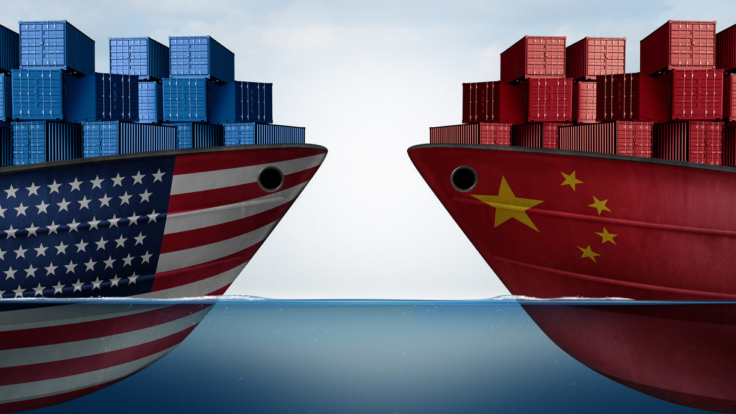U.S.-China Trade War Timeline
Unconventional Trade Warfare
Since taking office, the Trump administration has been building its case against Chinese practices they view as unfair to American businesses, including subsidization of industrial production and requirements to transfer proprietary U.S. technologies. The Trump administration has also taken aim at the opaque connections between state-directed and strategic private enterprises, seeking to tighten oversight of Chinese investments in the United States and make examples of Chinese companies like ZTE Corporation that might be working around U.S. sanctions against Iran and North Korea.
It has been an unconventional and rapid-fire series of steps as the Trump administration deploys a variety of executive powers, U.S. trade laws, WTO proceedings, and threats. American companies and the average consumer can hardly keep track of proposed tariffs, real actions, and market reactions. Some of these measures our manufacturers and innovators have been seeking for years, but other measures they aren’t sure they want at all, or worry about the consequences of Chinese retaliation. America’s farmers are especially worried about getting caught in the crosshairs.
On January 15, the United States and China signed an unprecedented type of trade deal. If you’ve lost track of how we got here, below is a handy quick guide to recent events in this unfolding U.S.-China trade war. Download and share the graphic, updated as of January 15, 2020.
Andrea Durkin is the Editor-in-Chief of TradeVistas and Founder of Sparkplug, LLC. Ms. Durkin previously served as a U.S. Government trade negotiator and has proudly taught international trade policy and negotiations for the last fifteen years as an Adjunct Professor at Georgetown University’s Master of Science in Foreign Service program.







